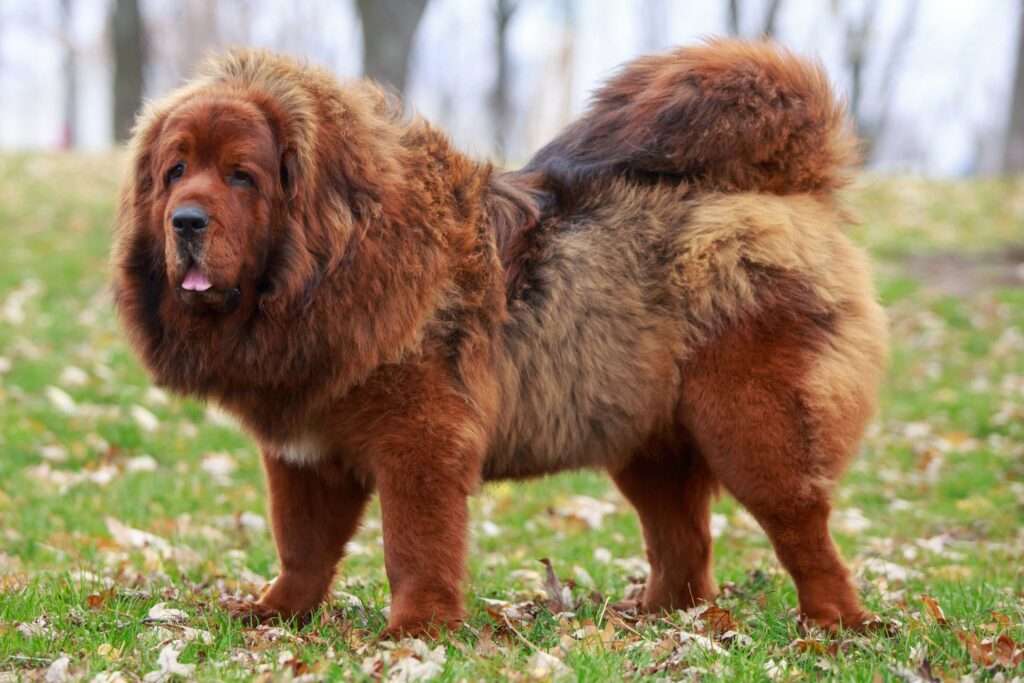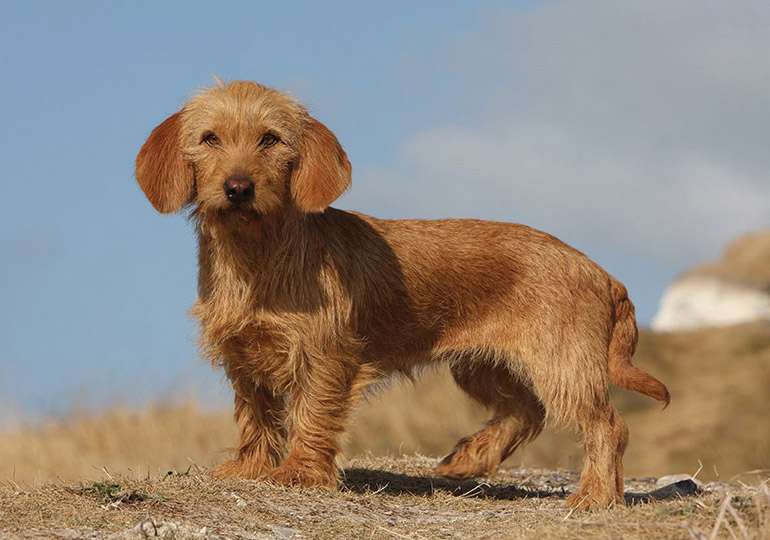
A unique and enormous dog breed from China, the Tibetan mastiff has a gigantic, towering build, a flowing mane, and a watchful face. The breed is reputed to be just as majestic and vigilant as a lion. The Tibetan mastiff, which has been used as estate guardians in Tibet for thousands of years, still exhibits strong protective instincts, vigilantly guarding its home and family.
Care as a Pet/ In Captivity
Special handling and care must be given to the Tibetan mastiff. It is imperative that the Tibetan mastiff receive early, thorough socialization. A Tibetan mastiff that has not been properly socialized could develop into a liability. As many people, places, animals, and other things as you can introduce your Tibetan mastiff puppy to while maintaining pleasant relationships and moving at the dog’s pace.
Some Tibetan mastiffs have trouble accepting strangers or foreign animals, even after extensive socialization, especially if they enter the dog’s property. When they are not on their own property, many Tibetan mastiffs, especially those who have had enough socialization, are much more laid back and accepting of outsiders.

Exercise
Exercise for puppies and young adults must be approached cautiously, as it is with all huge and enormous breeds. The Tibetan mastiff should not engage in repetitive exercise like jogging or jumping until it is at least two years old and is fully developed due to its big size, heavy weight, and propensity for inherited joint disorders like hip dysplasia. Although the majority of Tibetan mastiffs enjoy daily leisurely walks lasting between 30 and 60 minutes, even a fully adult dog is not going to be a jogging companion or agility champion.
Grooming
The grooming of Tibetan mastiffs is very simple. Outside of one periodic shed (usually in spring or summer), the profuse coat sheds relatively little, shedding practically all of its undercoat in a matter of weeks. Expect hair to be everywhere during this big shed, although frequent brushing and a few baths can help. The coat sheds relatively little the remainder of the year and only needs weekly brushing and bathing when the dog gets soiled.
Your dog requires routine dental brushing, nail clipping, and coat maintenance in addition to bathing.
Nutrition and Diet
Feeding your Tibetan mastiff could be challenging. Many Tibetan mastiffs, despite their large size, have far smaller appetites than you might expect. Some Tibetan mastiffs even engage in food boycotts, going without food for extended periods of time. Because of these factors, it’s crucial to give your dog high-quality dog food (consult with your breeder or veterinarian for a recommendation).
To determine how much your Tibetan mastiff consumes and whether it is participating in a food strike, pay attention to how much it eats. Avoid overfeeding your Tibetan mastiff if it has a good appetite. Free feeding can result in weight gain, which strains the joints and may worsen existing health conditions.
Table





